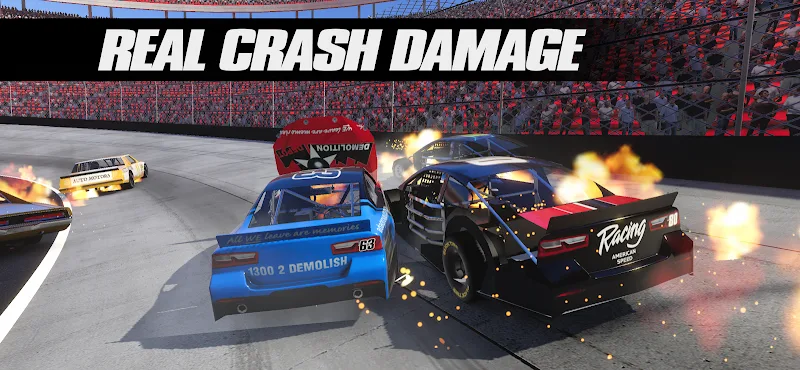
Stock Car Racing MOD APK 3.19.2 (Unlimited Money) Download
About this game
New
App name
Stock Car Racing
Mod info
Unlimited Money
Version
3.19.2
Size
228M
Publisher
Minicades Mobile
Package
com.minicades.stockcars
Similar to Stock Car Racing
Don't lose us if the site is banned.






Comments 0